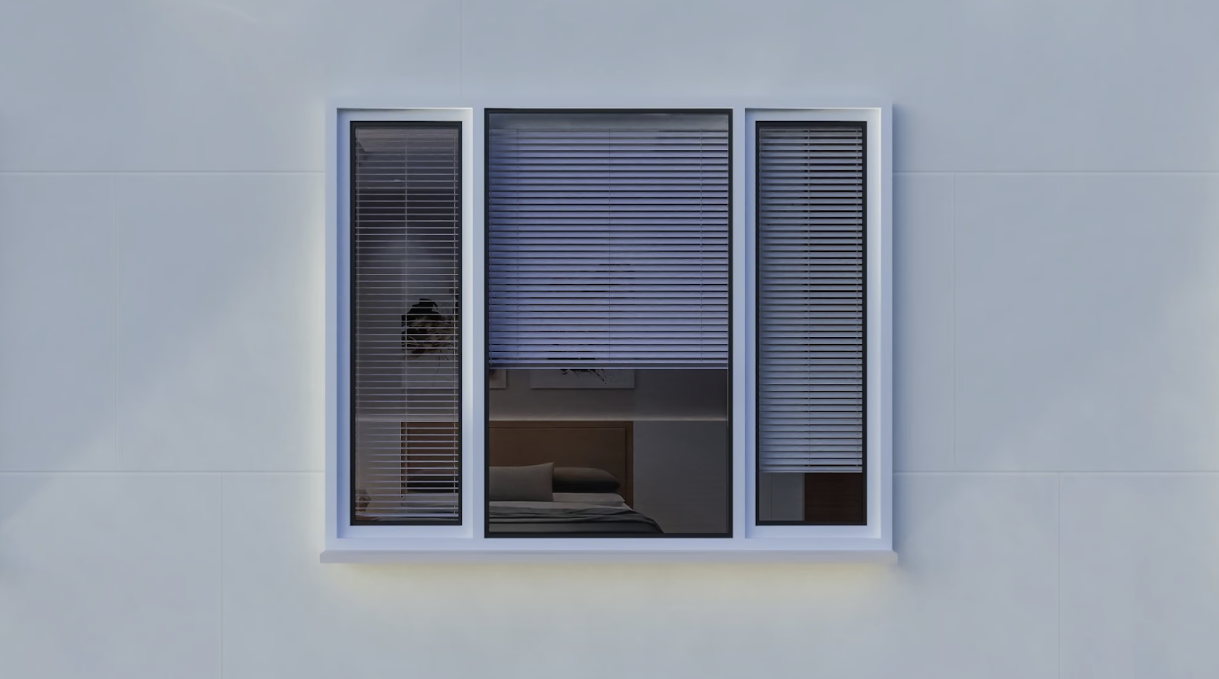Key Factors to Consider When Replacing the Roof of Your Tiny Home
Replacing the roof of a tiny home involves different considerations compared to a full-sized house, notes Indianapolis Specialized Property Management. Whether it's due to age, damage, or simply a design update, choosing the right materials, structure, and professional assistance can make a significant difference in both functionality and style. Here, we’ll explore the key elements to keep in mind when planning a roof replacement for your tiny home to ensure it remains a safe, comfortable, and aesthetically pleasing space.
1. Choosing the Right Roofing Material
The material you select for your tiny home's roof affects the appearance and durability and energy efficiency of the structure. Options like metal, shingles, and even eco-friendly materials such as recycled shingles or green roofs are all possibilities. Climate plays a role in this decision, too. For instance, if you live in a humid area, you'll want a material that can resist mold and mildew growth. Whether you need roofing in Mobile, Alabama or are elsewhere, researching the best options for your climate is a smart move that will extend the lifespan of your roof. Considering the maintenance needs of each material can help you avoid costly repairs down the road.
2. Understanding the Weight Limitations
Tiny homes are often built on trailers, which means they have specific weight limitations. A heavy roofing material can impact the mobility of your home, especially if you plan on traveling frequently. Asphalt shingles, for example, are relatively lightweight and easy to install, making them a popular choice for tiny home roofs. Metal roofs, though slightly heavier, are durable and long-lasting. Before making a decision, consult with a structural engineer or a roofing specialist to ensure your chosen material will not compromise the stability or portability of your home.
3. Insulation and Energy Efficiency
Energy efficiency is a top priority for tiny homeowners. The right roofing materials and insulation can keep your home cooler in summer and warmer in winter, reducing the need for additional heating and cooling. For instance, a metal roof reflects sunlight and can reduce indoor temperatures during hot weather, while proper insulation underneath helps maintain comfortable temperatures year-round. You might consider reflective coatings or cool-roof technology that will enhance energy efficiency, ultimately saving on utility costs over time.
4. Considering Roof Pitch and Style
The pitch, or angle, of your roof is another important factor. A steep pitch can aid in water drainage and prevent water from pooling on the surface, which is particularly useful if you live in an area with heavy rain or snow. The roof’s style impacts the overall look of your tiny home. Flat roofs, though uncommon, provide modern aesthetics and can be designed to accommodate solar panels or a small rooftop deck, while gabled or shed-style roofs offer more traditional appeal. Think about both functionality and aesthetics when deciding on the pitch and style that will suit your needs best.
5. Ventilation and Moisture Control
Without sufficient airflow, moisture can build up, leading to issues like mold, mildew, and even structural damage. Adding roof vents or soffit vents helps to regulate temperature and moisture levels, which is especially important if you live in a region with a lot of humidity or experience drastic temperature changes. When replacing the roof, consult with your contractor to include effective ventilation solutions that will promote airflow and keep your tiny home comfortable and dry.
6. Hiring a Reliable Roofing Contractor
Working with a qualified roofing contractor can ensure that your tiny home's roof is installed safely and meets all required building standards. A knowledgeable contractor will understand the unique needs of a tiny home and can advise on the best materials and design. Look for a roofing professional with experience in small residential structures or even mobile homes, as they’ll be familiar with weight restrictions, roof angles, and specialized ventilation needs. Ask for references and check reviews to make sure you’re working with a reputable contractor.
Replacing the roof of your tiny home is a project that requires careful thought and planning, from selecting appropriate materials to ensuring proper ventilation and insulation. Each decision, from material type to roof pitch, will impact not only the look and durability of your home but also its energy efficiency and safety. By focusing on these key factors and working with a trusted professional, you can give your tiny home a high-quality roof that stands the test of time while enhancing both function and style. With the right approach, your new roof will serve as a reliable shelter, complementing your tiny home lifestyle perfectly.










